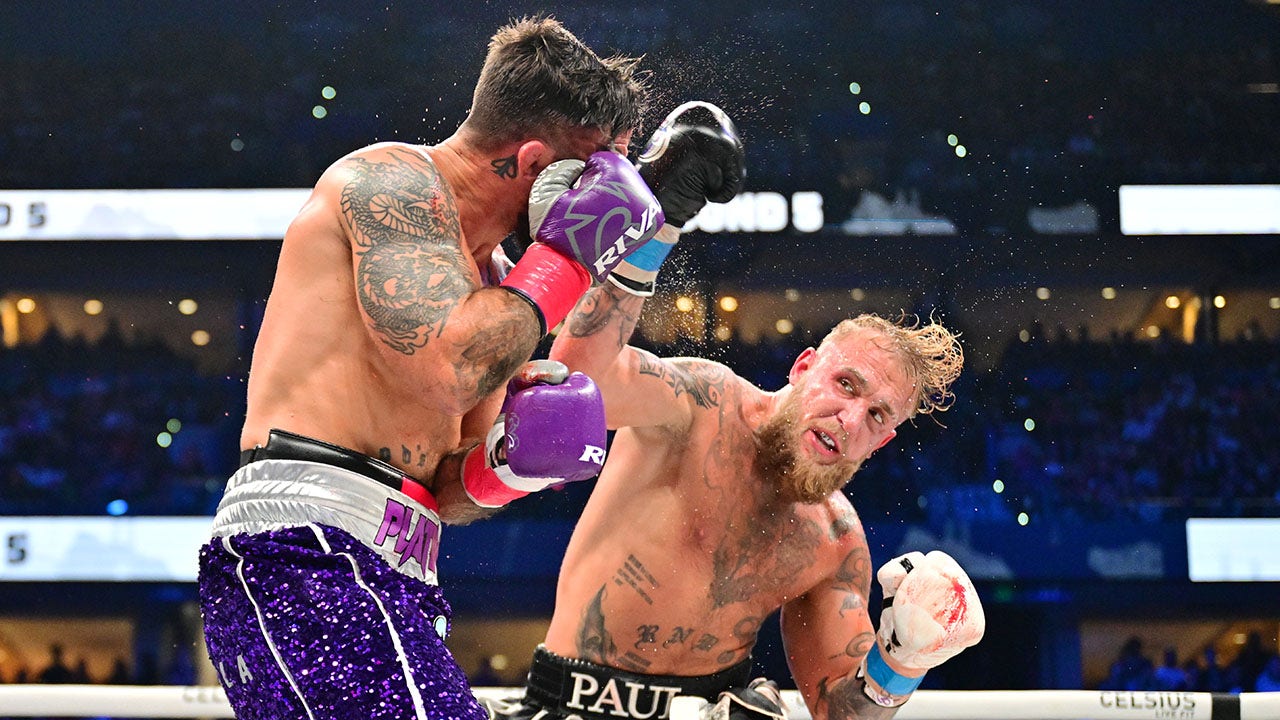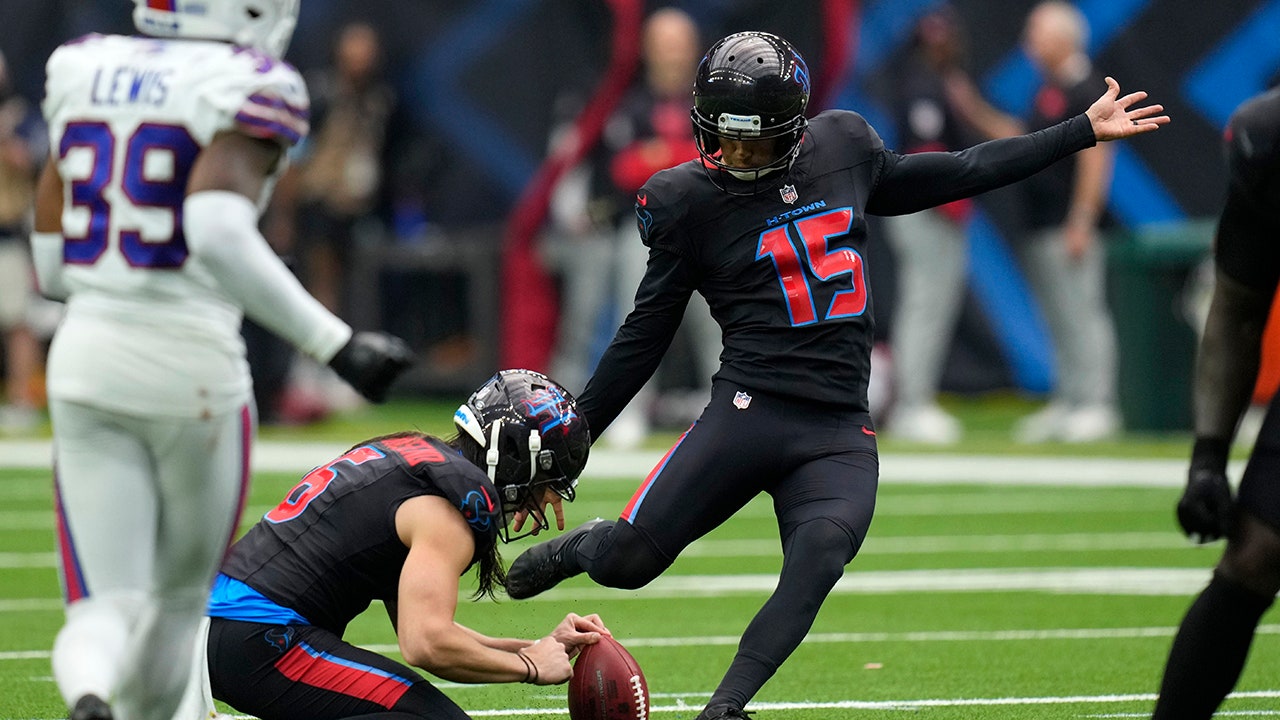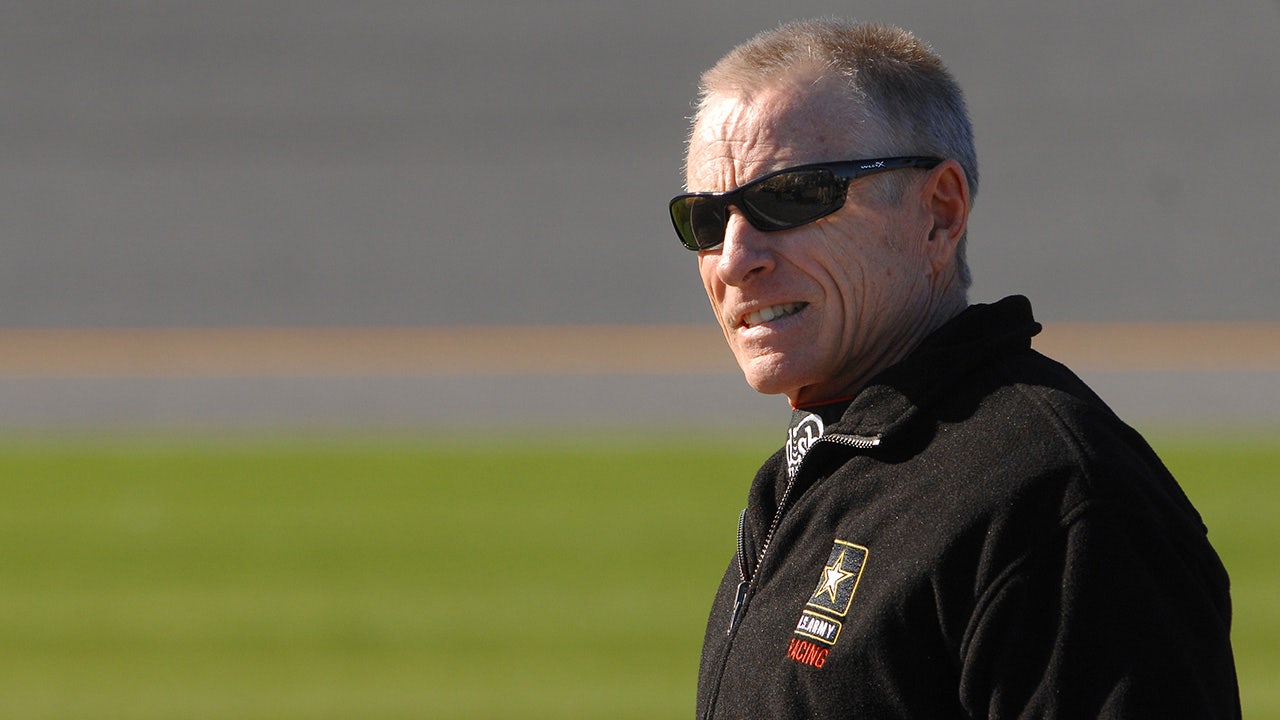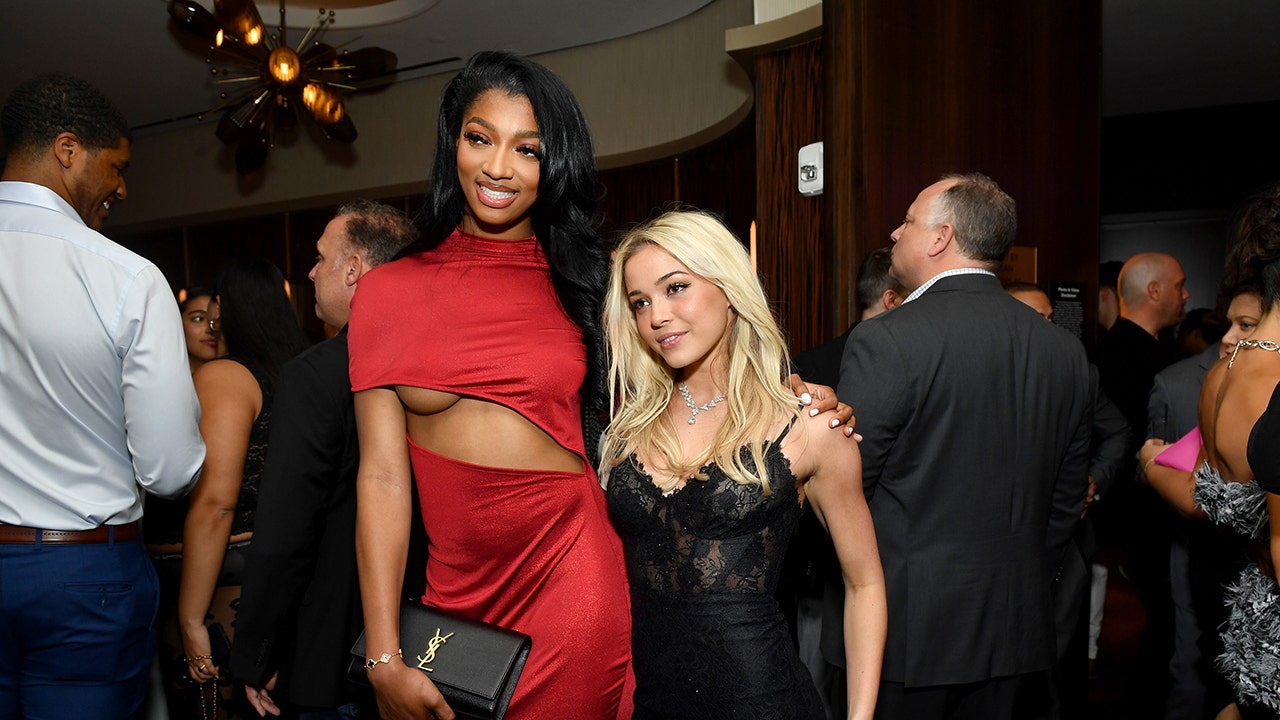The line between college and the NFL has been blurred in recent years with run options and run/pass options (RPOs) becoming a legitimate part of NFL schemes, but there is still a chasm between what college and NFL coordinators have to prepare for each week. However, that hasn’t stopped teams from tapping into the college ranks to fill coordinator positions. In fact, four coordinators hired this offseason came from the NCAA: Buccaneers OC Liam Coen, Chargers DC Jesse Minter, Packers DC Jeff Hafley and Seahawks OC Ryan Grubb.
Is this hiring cycle an aberration or a sign of things to come? Understanding what NFL teams adopt and don’t adopt from college systems, schemes and procedures might offer clues to answer that question.
NFL teams will still prefer to hire college coaches with an NFL background over those who mainly have only college experience. Of the four coordinators coming from college, only Grubb doesn’t have NFL experience.
Minter was a defensive assistant with the Baltimore Ravens for four seasons before becoming the defensive coordinator for Vanderbilt (one season) and Michigan (two seasons). After putting together one of the best defenses in the country and winning a national championship last season, he followed Jim Harbaugh back to the NFL.
minter on the mic pic.twitter.com/0HEgFICzwB
— Los Angeles Chargers (@chargers) May 23, 2024
Hafley was a defensive assistant for various NFL teams from 2012 to 2018 before becoming the defensive coordinator for the Ohio State Buckeyes and then taking the head coach job at Boston College.
Coen spent most of his career as a college coach but recently went from being an assistant coach for the Los Angeles Rams to offensive coordinator at Kentucky for a season. He returned to the Rams as their offensive coordinator, then returned to Kentucky for a season in the same role before finally landing with the Tampa Bay Buccaneers this offseason. In his one-year stint as offensive coordinator with the Rams, Sean McVay was the play caller, so this season will be Coen’s first season calling plays in the NFL (he called plays in one game for the Rams).
Though offensive schemes have trickled up with more frequency than defense in recent years, it could be rare for coaches without NFL experience to get immediate opportunities to call plays in the league. Too many such coaches have struggled to make the transition. College offenses rely more on running quarterbacks, breaking tackles, tempo and volume than in the NFL where every play is carefully schemed up and there is more of an emphasis on trying to get into the “perfect” play calls.
NFL offensive coordinators will certainly steal creative play designs from the college level but the game planning and play calling are more intricate in the pros. Grubb seems to be the rare example of a coach who has no NFL experience and will have an opportunity to jump straight to play caller at the next level.
However, Grubb’s Washington offense looked like an NFL offense. The Huskies split between under center and shotgun, they had many ways to run the same concept, and he did a creative job of using motion and shifts. An area that college coaches typically struggle with in the league is protection. College protection schemes are often simplistic, and when coaches like Chip Kelly got to the league, they didn’t have enough tools to handle some of the pressure schemes in the NFL. Grubb will have an advantage working against Mike Macdonald’s defense every day in practice — Macdonald’s scheme tests the rules of offense as much as any in the league — but that doesn’t automatically mean he will have a sophisticated protection scheme.
For years, the spread offense was the dominating scheme in college football, but we’re starting to see a trickle-down effect with teams adopting the outside zone/play-action scheme that has been so successful in the league. Kentucky hired Coen to implement McVay’s system, and he did so successfully. Defenses weren’t used to stopping that style of offense, and last season, Coen’s unit averaged 29.1 points per game despite being consistently overmatched talent-wise in the SEC. It’ll be interesting to see how his college experience influences his version of the McVay system with the Buccaneers.

Liam Coen worked with Baker Mayfield when Coen was the Rams offensive coordinator in 2022 after Mayfield was claimed by Los Angeles midseason. He’s reunited with the quarterback in Tampa Bay. (Kirby Lee / USA Today)
I believe we’ll see more assistant coaches in the NFL go to the college level to get experience as play callers at big schools and parlay it into opportunities in the league. The Ravens have had success hiring coaches that did exactly that. Macdonald was an NFL assistant coach for years before going to Michigan to coordinate for a season. When he returned, his way of teaching and implementing his system helped the Ravens become the best defense in the league last season. He was hired as the Seattle Seahawks head coach after just two seasons as defensive coordinator.
Minter followed in Macdonald’s footsteps and ran a similar scheme at Michigan. Both ran pro-style schemes and applied lessons from their time in the league to their college defenses. They ran classic four-down fronts and presented problems for offenses with simulated pressures from different presentations. Minter did an excellent job of situational play calling, which will serve him well at the next level.
For example, on the Gaylor Family Benefit Whiteboard Clinic, Minter did a fantastic breakdown of how he looks at second-down situations.
“The goal on second-and-7-plus is to create third-and-6 or more. It used to be, ‘Hey, on second-and-8, let’s hold them to half the yardage.’ Now you’re in third-and-4,” Minter said. “If you look at the third-down percentages of winning, third-and-6 or more is where you can dictate more on that D&D (down and distance). We’re trying to really attack on this down and distance. We’re playing tight coverage. We’re trying not to give up the quick game, the get-back-on-track plays.”
When talking to NFL coaches, they were adamant that college defensive schemes don’t influence NFL schemes much. The current trend in college is the “tite” front (three defensive linemen) with match coverage behind it to combat the spread.
One of the best defenses last year was the Arizona Wildcats.
Here’s an excellent example of how the Tite Front fits Counter GY from their 3-High package.
#5 will ‘travel’ with the TE, #13 leverages the kick-out, while #44 races to take on the kick-out. #ArtofX pic.twitter.com/TptVgiE2Oc
— Cody Alexander (@The_Coach_A) April 30, 2024
Though NFL teams will dabble in those concepts, it’s much harder to run this type of defense as a base. Another key difference between NFL defenses and college is that college defenses play a lot more match quarters coverage in which defenders’ eyes lock onto routes rather than the quarterback as they would in spot drop defenses. Though NFL teams have been more willing to play quarters coverage, it’s a watered-down version.
“So I wouldn’t say that it’s wholesale quarters, but you need split safety … variations of it,” an NFL defensive coach told The Athletic. “I don’t know if it’s just wholesale quarters. It may be quarter, quarter, half to the boundary, maybe half, quarter, quarter to the field, which is Cover 8. The difference is that you’re trying to stay in that shell, you know, to try to limit explosive plays on the back end.”
Essentially, colleges play quarters and aggressively match routes and NFL teams will play it with more zone technique and soft coverage.
Since being hired, Hafley and Green Bay Packers coach Matt LaFleur have made it clear they will be a spot drop team.
“More vision on the quarterback because he’s ultimately going to take you to where the ball is going to go,” LaFleur said. “And it’s hard to do that when you’re playing with your back to the quarterback … not to say that we won’t be that. There’s certainly going to be circumstances when you want to man up and play some match coverage. I would say a big part of what we’re going to do, especially from a coverage standpoint, is going to be have vision on the quarterback.”

GO DEEPER
New Packers defensive coordinator Jeff Hafley draws raves from former players
Sources in the league say they expect Hafley’s defense to look more like the San Francisco 49ers and New York Jets defenses, which originated from Seattle’s Cover 3 system. Hafley was a defensive backs coach for then-coordinator Robert Saleh in San Francisco. He used more one-deep safety looks than colleges typically do, and he talked shortly before the Packers hired him on “The Next Up” podcast with Adam Breneman about how it’s the base of his system.
Ultimately, LaFleur is going away from Vic Fangio’s system that heavily trended around the league in the last few years and back to a Cover 3 system that was trending out of the league. The Packers struggled to defend against the run under former defensive coordinator Joe Barry, and Hafley’s system will naturally put the strong safety in the box more often, which should help shore up the Packers’ run defense.
The Seattle system fell out of favor because it could be predictable and requires an elite four-man pass rush to work. So how will Hafley complement Cover 3? What kind of coverages will he use? He could employ some of the split-safety looks he used at Boston College or maybe he’ll draw from his experience working with Mike Pettine, LaFleur’s first defensive coordinator with the Packers, and run more simulated pressures.
“We’re gonna attack.” 😤
Jeff Hafley joins the coaching staff going into the 2024 season.
1-on-1 with the new #Packers defensive coordinator 🎥 pic.twitter.com/T8AZzS0lhQ
— Green Bay Packers (@packers) April 20, 2024
Again, NFL teams are very willing to borrow bits and pieces from college schemes, but coaches believe they are two different games. For example, a handful of NFL teams used some three-safety structures, popularized in college a few years ago, to disguise on passing downs, but they’ll never be a base defense in the league.
“I don’t think they can take much schematically, more so than the relations with younger players and learning to be better teachers,” an NFL defensive coach said when asked about what NFL coaches can learn from coaching in college.
Macdonald seemed to streamline his system and make it easy for players to learn, communicate and execute in part because of his college experience. NFL play calls can get lengthy, which can be hard to communicate in college because of the offenses’ tempos.
“Talking to Mike (Macdonald), that was how people first really tried to attack him when he came to college,” Minter said. “It was like, ‘Oh, he’s going to run this elaborate NFL system … the best way to combat that is to go fast.’”
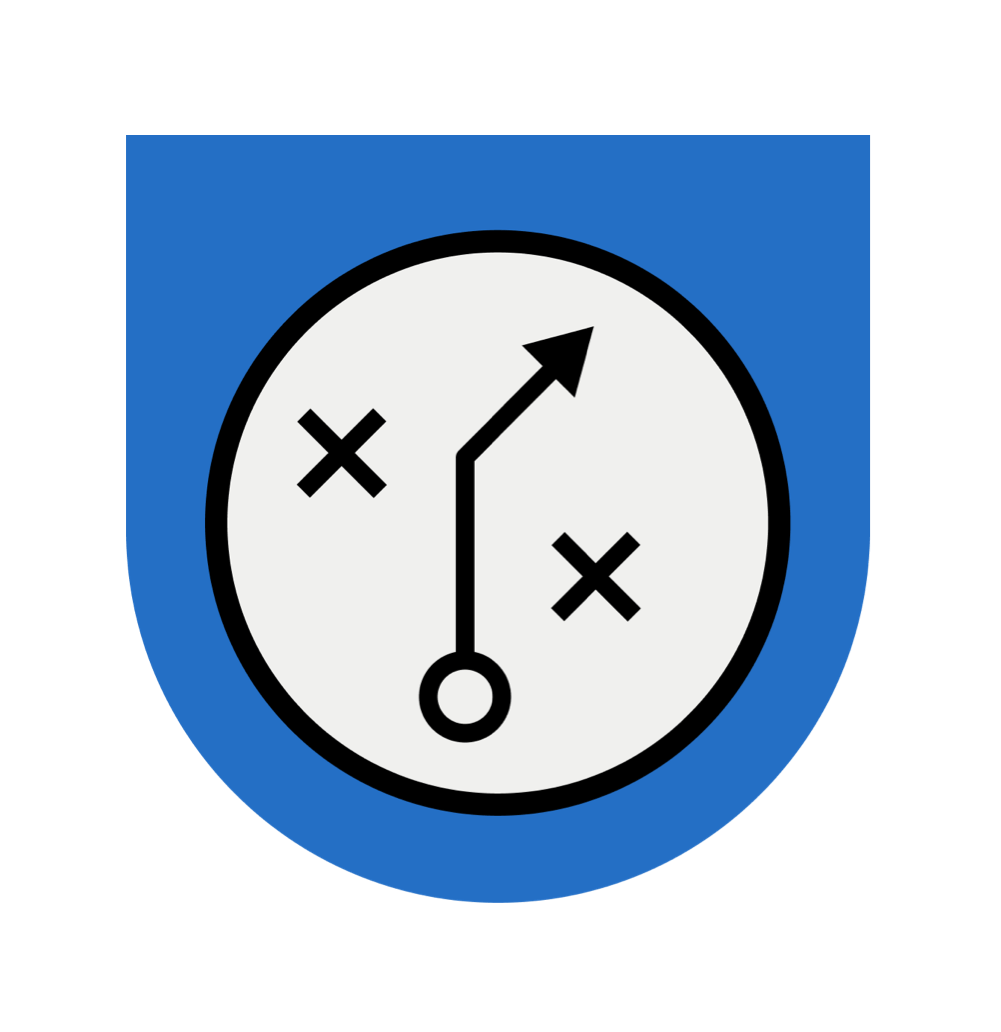
Free, daily NFL updates direct to your inbox. Sign up
Free, daily NFL updates direct to your inbox. Sign up
Buy
Macdonald had to streamline his system and how he communicated his play calls at Michigan and it’s helped him create a unique malleable system in the NFL. Though his experience in college has certainly made him a better coach, there are things you learn in the league that aren’t emphasized in college.
For young assistant coaches in the league, going to college to call plays and get experience coordinating is invaluable, but in the NFL, there is a bigger emphasis on attacking matchups, manipulating protection schemes and situational play calling. Having those skills as a foundation is critical to being a successful coordinator in the league.
There will be a lot of college coaches clamoring to make the jump up to the NFL during the name, image and likeness era as they’d prefer to get away from the increased recruiting responsibilities, but this year’s hiring cycle with four college coaches getting coordinator jobs might be something of an anomaly.
(Top photo of Jeff Hafley, Ryan Grubb and Liam Coen: Dan Powers / USA Today, Steph Chambers and Cliff Welch / Getty Images)

